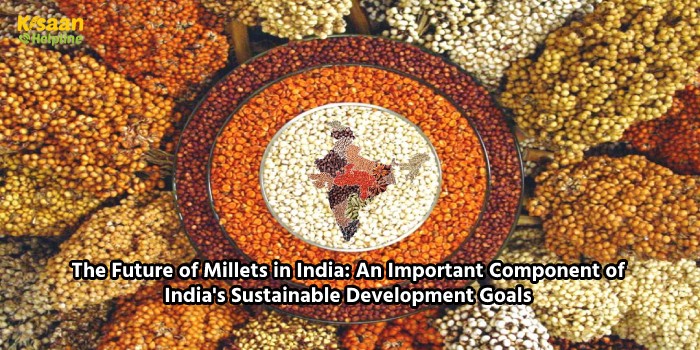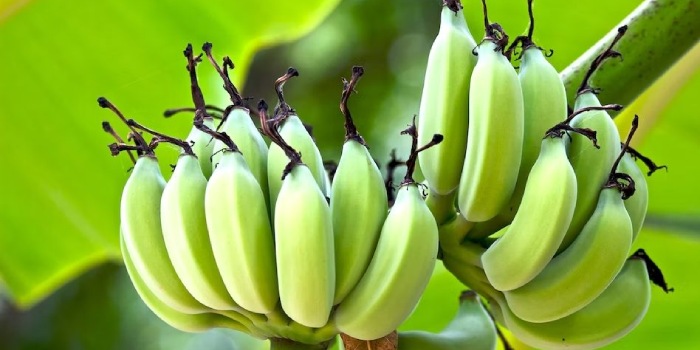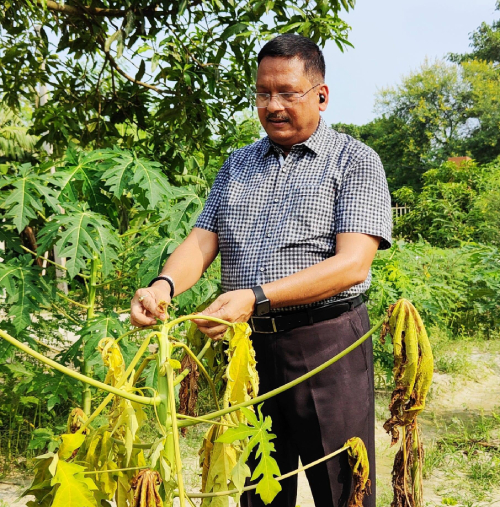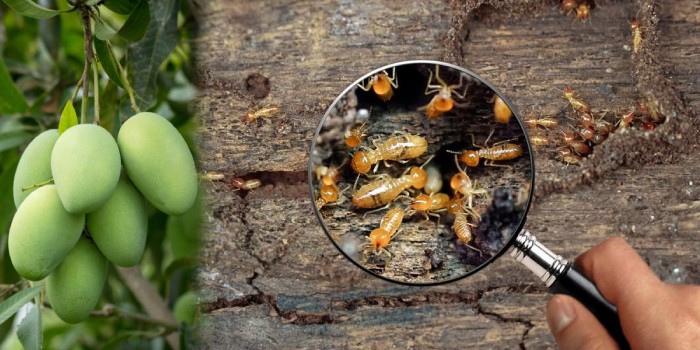
What are millets?
Millets are a group of small-seeded grasses that are widely cultivated around the world, including in India. They are a traditional staple food in many parts of India and are known for their high nutritional value and resilience to harsh weather conditions.
Why are millets important for india?/Why millets are important?
Millets are important for India for several reasons:
- Nutritional Value: Millets are rich in nutrients such as fiber, protein, vitamins, and minerals. They are also gluten-free, making them a suitable alternative for people with celiac disease or gluten intolerance.
- Climate Resilience: Millets are highly adaptable to different climatic conditions and can grow in areas with low rainfall or poor soil fertility. This makes them an important crop for farmers in drought-prone regions of India.
- Food Security: Millets have been an important source of food for millions of people in India for centuries. They are a cheap and nutritious food source that can be grown locally, reducing dependence on expensive imported grains.
- Biodiversity: Millets are an important part of India's agricultural biodiversity. They are grown in a variety of agro-ecological zones and play a critical role in maintaining soil health and preserving traditional farming practices.
- Economic Importance: Millets are an important source of livelihood for many small-scale farmers in India. They provide a source of income and food security for these farmers and contribute to the local economy.
- Health Benefits: Millets have been linked to several health benefits, including reduced risk of heart disease, diabetes, and certain types of cancer. They are also gluten-free, making them a good option for people with celiac disease or gluten intolerance.
What is millets called in india & How many millets are there in india?
Millets are known by various names in India depending on the region and language. Some common names for millets in India include:
- Jowar (Sorghum)
- Bajra (Pearl Millet)
- Ragi (Finger Millet)
- Foxtail Millet (Kangni in Hindi, Thinai in Tamil)
- Little Millet (Kutki in Hindi, Samai in Tamil)
- Kodo Millet (Kodon in Hindi, Varagu in Tamil)
- Barnyard Millet (Jhangora in Hindi, Kuthiraivali in Tamil)
- Proso Millet (Cheena in Hindi, Panivaragu in Tamil)
- BrownTop Millet (Andu Korralu in Telugu)
- Guinea Millet (Korra in Telugu)
These names may vary in different Indian languages and regions.
What is millet in india?
Millet is a term used to refer to a group of small-seeded grains that are widely cultivated in India. Millets are an important staple food in many parts of India, particularly in rural areas. Millets are grown in different parts of India, including the drylands of Rajasthan, Gujarat, and Haryana, as well as in the southern states of Karnataka, Tamil Nadu, and Andhra Pradesh. Some common millets grown in India include Jowar (Sorghum), Bajra (Pearl Millet), Ragi (Finger Millet), Foxtail Millet, Little Millet, Kodo Millet, and Barnyard Millet.
In India, millets are used to make a variety of traditional dishes, such as roti, dosa, idli, upma, and porridge. They are also used to make flour, which can be used to make baked goods such as bread and cookies. Millets are an important part of the Indian diet and culture, and their cultivation and consumption are deeply intertwined with traditional farming practices and local cuisines.
Which millets are best?
All millets have their own unique nutritional profile and health benefits, so it is difficult to say which millets are "best" All millets are highly nutritious and can be a healthy addition to a balanced diet. The best millet for you may depend on your specific nutritional needs and taste preferences.







